All About Black Shiba Inu

Many dog lovers dream of having an exotic looking breed. A great option would be the Japanese Shiba Inu. This is the smallest species of hunting dogs bred in the Land of the Rising Sun. Shiba Inu with a black coat look especially impressive. The miniature pet is suitable for living in an apartment and in the private sector.

History of the breed
The Shiba Inu is the oldest hunting dog breed. The first wild dogs lived on the Japanese islands even before our era. They were the progenitors of the native dog breeds of the Land of the Rising Sun, including the Shiba Inu. Strong and strong animals helped people to hunt and drove wild animals away from their homes. According to historical information, in their homeland, the Shiba Inu were used for hunting small and large game. Due to its diminutive size, the animal deftly maneuvered between high thickets and drove out the game for the owner.

Today, the Shiba Inu breed is popular not only in Japan. Dog breeders from all over the world are happy to have beautiful pets that resemble a cunning fox.
Appearance
Modern Japanese dogs are smaller than their ancestors. The characteristic features of Shiba Inu include:
- strong proportional muscular body;
- lean stomach;
- long developed limbs, due to which the movements of the dog are smooth and at the same time energetic;
- a round head with a pointed muzzle;
- expressive and intelligent look;
- ears are triangular (erect);
- dense ring-shaped tail;
- thick, fluffy coat, on the paws, muzzle - the fur is short, and in the tail area the hairs are much longer.
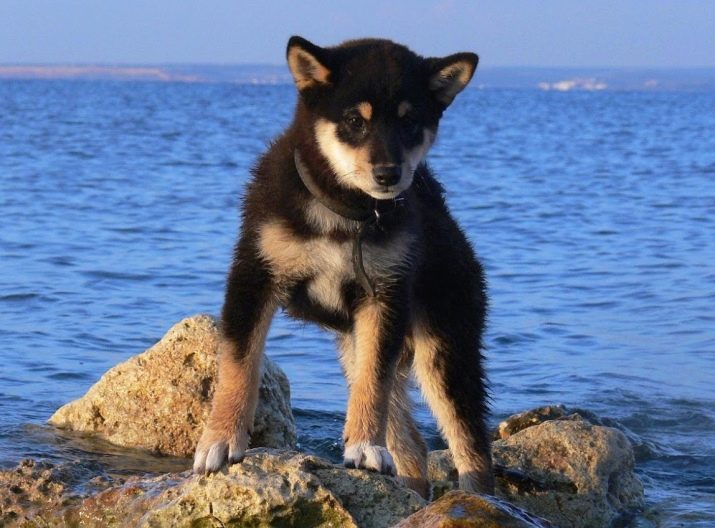
Males are larger than females, moreover, their "fur coat" looks richer. Another "highlight" of the breed is the "smile".When the Shiba Inu opens its mouth, it visually appears that the dog is smiling.
Color features
Shiba Inu fur consists of a "shirt" and a thick undercoat. There are the following types of colors:
- black, black and tan;
- ginger;
- sesame (amazing combination of hairs of different colors).
Black Shiba Inu look especially impressive and attract even fastidious dog breeders. However, finding completely black Japanese dogs is quite difficult. Variations of this color are much more common. For example, black and tan colors tend to overlap with red or white spots on a dark background. Note that the color of this breed is not limited to the presence of only black, white and red hairs. There are individuals with tan, ash and rusty colors. In the sun, this color shimmers and sparkles. Very nice!
Black sesame fur looks no less impressive. With it, the ends of light hairs are colored dark. Visually, it looks as if the dog's fur was sprinkled with black powder.
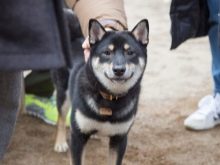

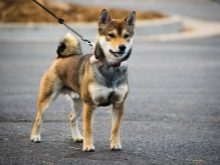
Regardless of color, Japanese dogs are owners of the "urazhiro". This is the bright underside that captures:
- neck;
- ears;
- breast;
- stomach;
- the inside of the paws;
- the chin.
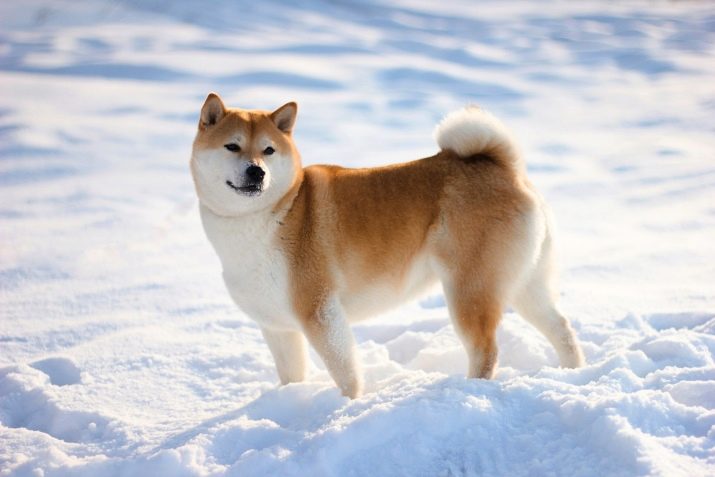
Black Shiba Inu are beautiful and noble dogs.
Character
All Japanese hunting dog breeds have an independent disposition. Shiba Inu is no exception. They perceive the owner as a partner and do not particularly strive for submission. The peculiarities of raising puppies of this breed are precisely in accepting their independence and showing respect for them.
As soon as the breeder manages to establish "contact" with the little "stubborn", you can start training. This process will be methodical and consistent, but it will certainly bear fruit. With the right approach, the Shiba Inu will grow up as a loyal friend and brave defender.
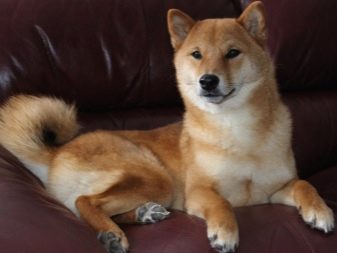

For the Japanese dog, its own territory is inviolable. You should not violate its boundaries and deliberately bring the animal "to emotions". In the apartment, it is advisable to create a special enclosure for a four-legged friend, where he can relax and play. This character trait of the Shiba Inu is perfectly manifested when protecting a private house.
The dog will instantly feel the "strangers" on the territory and "give a voice". As for friendship with small households, the Shiba Inu are quite patient. But excessive childish activity in relation to the pet is undesirable. In response to overly intrusive behavior, the pet may growl and even bite slightly.
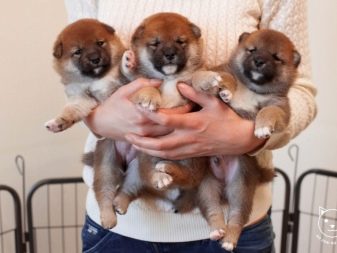
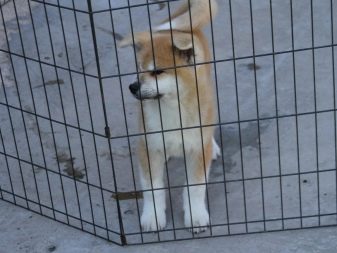
Dogs of this breed are very clean. In rainy weather, they do not explore puddles and prefer to stay away from mud. Shiba Inu are patient with other pets and do not show aggression towards cats.
Maintenance and care
Representatives of this breed are quite unpretentious. However, without proper care, the health of the animal is at risk. The dog's coat must be brushed regularly. One procedure per week is enough. Naturally, during the moulting period, the dog's fur is looked after more intensively. The owner needs to stock up on a medium-hardness brush and a slicker.
Black Shiba Inu is bathed as it gets dirty with the use of special shampoos. They will add softness and shine to dark coats. Also, the fur of the animal is treated from parasites. Maintaining hygiene of the ears and eyes is the key to a healthy pet. For this procedure, cotton swabs soaked in a special solution are suitable. To care for your pet's oral cavity, they use pastes and powders that can be easily purchased at pet stores.

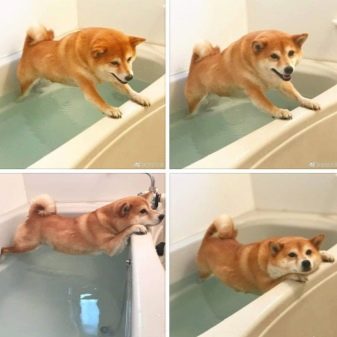
A Japanese dog's diet should be balanced and varied. Shiba Inu are suitable for natural products and industrial feed. The first include:
- lean meat, deboned (except pork);
- porridge (buckwheat, rice and oatmeal);
- offal;
- vegetables and herbs;
- sea fish;
- eggs (1-2 times a week).
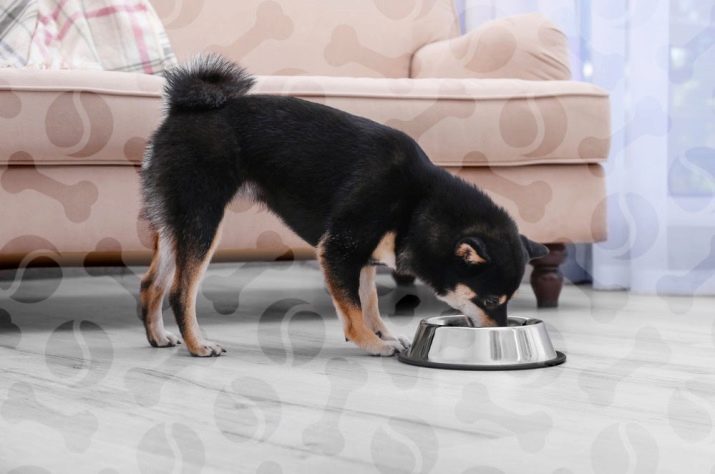
As for the "purchased" feed, then premium products are suitable for this breed.There are also special lines for Japanese dogs. Puppies eat 4–5 times a day; for adult dogs, 2 servings of food a day are enough. The pet should not be given sweets, fatty meat and river fish. Drink must be fresh.
Features of the Shiba Inu breed are shown in the following video.






































